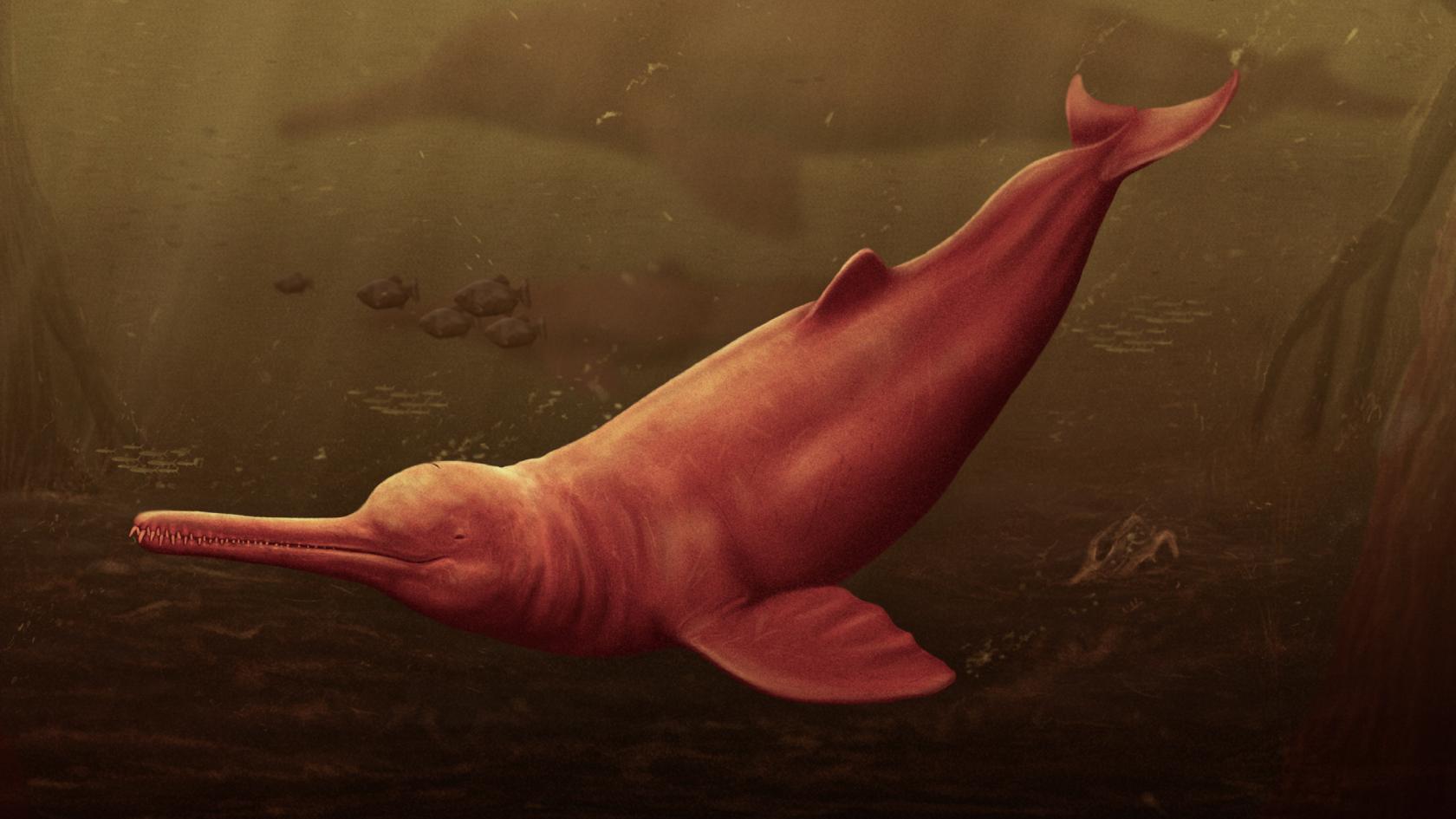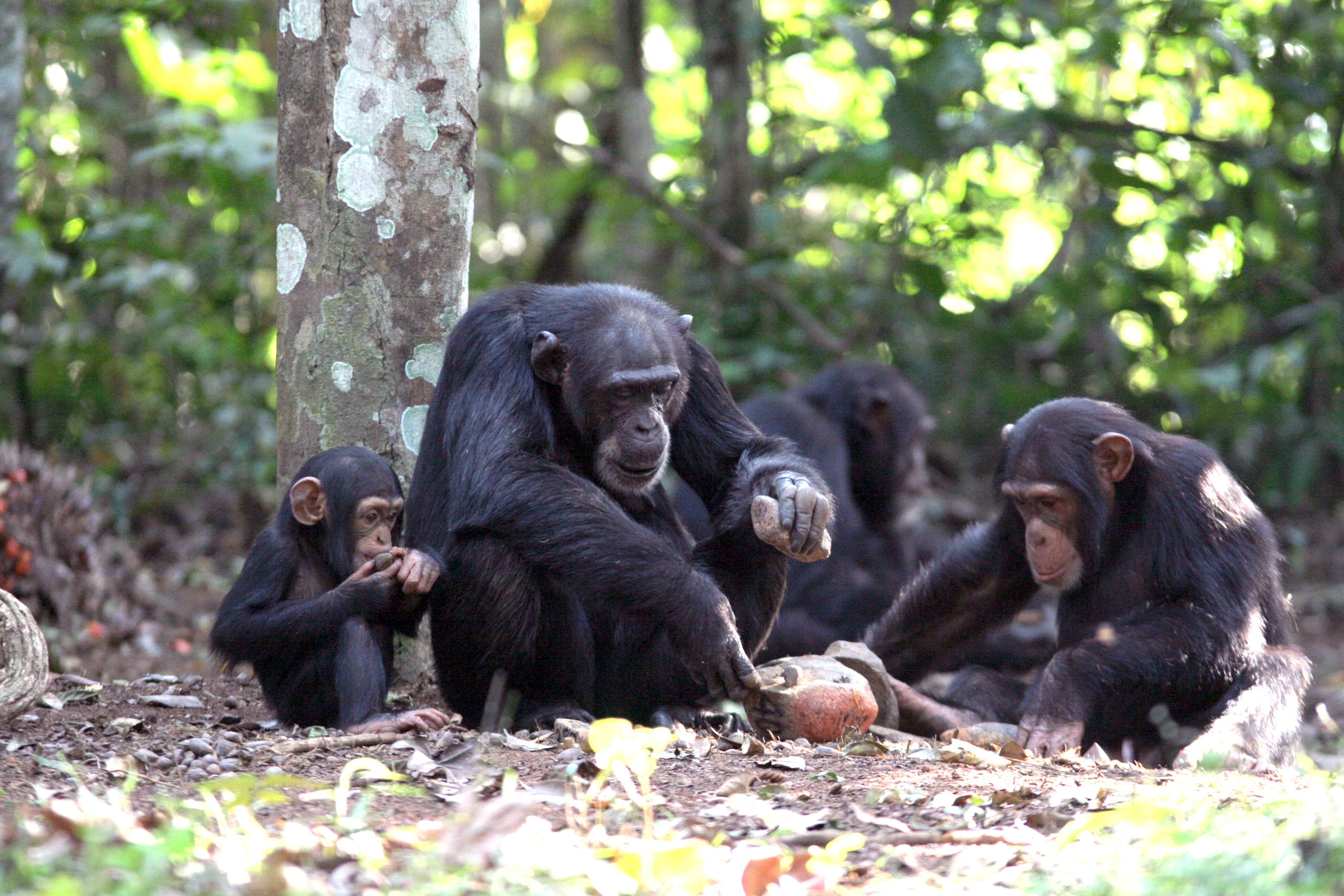Science That Made the News
The UZH media relations team published 71 press releases last year. The 10 most successful releases combined were responsible for a grand total of 4,700 reports in Swiss and international media. As in previous years, social sciences and humanities topics proved most popular – thanks to their relevance for people’s everyday lives, their emotional impact, their narrative power and their ability to raise eyebrows. In contrast, media interest in AI topics declined slightly.
1. Let There Be Meat
A study led by the UZH psychologist Christopher Hopwood combined two of the media’s favorite topics – eating habits and gender equality. The study confirmed the long-held belief that men do in fact eat meat more often than women. Paradoxically, gender differences in meat consumption are greater in countries with higher levels of gender equality and social and economic development. According to the researchers, this may be because women in these countries have greater freedom to choose to eat meat less often, while men do the opposite. The study was covered internationally in around 1,000 media reports and proved most popular in the US, Germany and Canada.
Read the Press Release
2. Silver Lining for Long Covid Sufferers
The 2024 runner-up media release offered a glimmer of hope in the field of medicine. A research team led by professor of immunology Onur Boymann and postdoctoral researcher Carlo Cervia-Hasler discovered blood markers for Long Covid that could be used to develop targeted treatments for Long Covid patients. These results were well received both worldwide and by many Swiss media, including SRF 1 and Tages-Anzeiger.
Read the Press Release
3. Adding Insult to Injury
Remarkable fossil evidence of an ancient sea cow being preyed upon by not one, but two different predators – a crocodile and a shark – offered fresh insights into ancient predator-prey interactions. The UZH study by Aldo Benites-Palomino and Gabriel Aguirre-Fernández made quite a splash on the international stage, including in Algeria, Bahrain, India, Japan, the UK, Serbia and Vietnam. CNN concluded that the study „provided a snapshot of what was an exceptionally unlucky day for a prehistoric sea cow.
Read the Press Release
4. Ancient Freshwater Giant
Another spectacular discovery by the same researchers ranks fourth on our list. The paleontologists discovered a new species of freshwater dolphin, which they christened Pebanista yacuruna, in the Peruvian Amazon region. “It’s a dolphin!” proclaimed Malaysia News. This ancient giant lived some 16 million years ago, measured between 3 and 3.5 meters and, surprisingly, its closest living relatives can be found in the river dolphins of Southeast Asia.
Read the Press Release
5. The Real Thing
“Nothing better than the real thing,” wrote The Economist about the findings of a team of researchers led by Sascha Frühholz, professor of cognitive and affective neuroscience. According to their study, live performances elicit a stronger emotional response than listening to music from a device. The researchers observed significantly higher activity compared to recorded music in several brain regions that play an important role in processing emotions. The study was covered in approximately 430 media reports.
Read the Press Release
6. Older Than Believed
An international research group led by Verena Schünemann has shed new light on whether Christopher Columbus’s crew was responsible for bringing sexually transmitted syphilis from the New World to the Old back in 1492. The researchers discovered the genetic material of the pathogen Treponema pallidum in the bones of people who died in Brazil 2,000 years ago, proving that humans were suffering from syphilis-like diseases long before Columbus set sail. This news received widespread international coverage, including by a number of Chinese media.
Read the Press Release
7. Chilling Sound
Another study led by neuroscientist Sascha Frühholz resulted in a number of evocative headlines, including “This Aztec Death Whistle Will Chill You to the Bone” (Popular Mechanics) and “Creepy Aztec Death Whistles Have a Strange Effect on The Human Brain” (ScienceAlert). The study showed that Aztec skull whistles have a disturbing effect on the human brain and that this effect may have been used deliberately in sacrificial rituals.
Read the Press Release
8. Complex Chimp Culture
The narrative that only humans have highly sophisticated cultures has been challenged by an international study led by Andrea Migliano, professor of evolutionary anthropology. “These Apes May Have Humanlike Culture” wrote the New York Times, while French newspaper Le Figaro commented “Les chimpanzés montrent des signes d’évolution culturelle”. In total, the media release reached around 1.5 billion potential readers. The multidisciplinary study suggests that some of chimpanzees’ most advanced behaviors may have been passed down and refined over generations, like human cultures.
Read the Press Release
9. No Sidelining by Swiss Public Media
In its latest edition of the Yearbook Quality of the Media, the Research Center for the Public Sphere and Society (fög) explored whether private media are being sidelined in the news market by public broadcasters. The findings show that most Swiss people don’t rely exclusively on news from the Swiss public broadcasting association (SRG), but rather use it as a supplement to news from private news media. Other findings, such as the high proportion of news-deprived, i.e. people who do not get enough news, also made headlines online. Not surprisingly, given the subject matter, this press release was the most successful in the Swiss media landscape.
Read the Press Release
10. Tight Squeeze
It was long assumed that the complexity of human childbirth was linked to evolutionary adaptations in our pelvis and the brain size of our infants. An international team of researchers led by Martin Haeusler of the Institute of Evolutionary Medicine showed that chimpanzees, like humans, have to contend with a narrow bony birth canal. A total of 164 articles reported on the findings, with most of them published in Germany.
Read the Press Release


